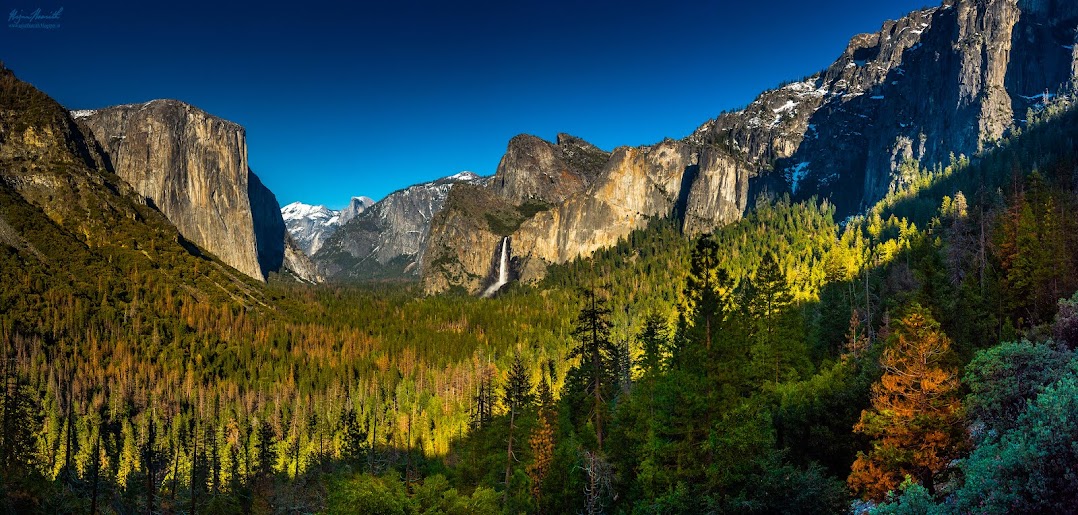 Diwali or Deepawali (Sanskrit: दीपावलि: a row of lamps) is a significant festival in Hinduism, Buddhism, Sikhism, and Jainism, and an official holiday in India and Nepal.Adherents of these religions celebrate Diwali as the Festival of Lights. They light diyas—cotton string wicks inserted in small clay pots filled with oil—to signify victory of good over the evil within an individual.
Diwali or Deepawali (Sanskrit: दीपावलि: a row of lamps) is a significant festival in Hinduism, Buddhism, Sikhism, and Jainism, and an official holiday in India and Nepal.Adherents of these religions celebrate Diwali as the Festival of Lights. They light diyas—cotton string wicks inserted in small clay pots filled with oil—to signify victory of good over the evil within an individual.In Hinduism, across many parts of India and Nepal, In the age of Sri Lord Krishna, named Naraka more powerful evil killed by Satyabhama who is wife of Sri Lord krishna,People celebrate the death of Naraka which is called as Diwali. Addition of the above story it is the homecoming of Rama after a 14-year exile in the forest and his victory over Ravana. In the legend, the people of Ayodhya (the capital of his kingdom) welcomed Ra

 ma by lighting rows (avali) of lamps (dĭpa), thus its name: Deepawali. In South India, it marks the victory of Krishna over Narakasura.
ma by lighting rows (avali) of lamps (dĭpa), thus its name: Deepawali. In South India, it marks the victory of Krishna over Narakasura.In India and Nepal, Diwali is now considered to be a national festival, and the aesthet
ic aspect of the festival is enjoyed by most Indians and Nepalese regardless of faith.
On the day of Diwali / Deepavali, many wear new clothes and share sweets and snacks. Some North Indian business communities start their financial year on Diwali and new account books are opened on this day.

ततस्तुः लोकः प्रतिवर्षमादरत् प्रसिद्धदीपलिकयात्र भारते |
समुद्यतः पूजयितुं जिनेश्वरं जिनेन्द्र-निर्वाण विभूति-भक्तिभाक् |२० |
tatastuh lokah prativarsham-araat ako
prasiddha-deepalikaya-aatra bharate
samudyatah poojayitum jineshvaram
jinendra-nirvana vibhuti-bhaktibhak
Translation: The gods illuminated Pavanagari by lamps to mark the occasion. Since that time, the people of Bharat celebrate the famous festival of "Dipalika" to worship the Jinendra (i.e. Lord Mahavira) on the occasion of his nirvana.
Dipalikaya roughly translates as "light leaving the body". Dipalika, which can be roughly translated as "splenderous light of lamps", is used interchangeably with the word "Diwali".
The way Jains celebrate Diwali is different in many respects. There is a note of asceticism in whatever the Jains do, and the celebration of Diwali is not an exception. The Jains celebrate Diwali during the month of Kartik for three days. During this period, among the Shvetambaras, devoted Jains observe fasting and chant the Uttaradhyayan Sutra, which contain the final pravachans of Lord Mahavira, and meditate upon him. Some Jains visit Pavapuri in Bihar where he attained Nirvan. In may temples special laddus are offered particularly on this day.
Diwali in South India :
- In Southern India, narakasura vratha is the main day, with celebration with firecrackers at dawn after lakshmi puja.
- Deepavali is one of the seven most important festivals of Andhra Pradesh.Diwali festival is very popular among the children for the joy of bursting fire crakers. Special areas to sell fire crackers are set up in all towns and cities including bigger villages. There are some pseudo-traditional customs followed such as buying new clothes for this festival. Buying new home or vehicles such as cars and trucks is considered auspicious. Special sweets are made too. Some eateries in Hyderabad make some delicious sweets during Diwali which will not be available at any other time. Meat and alcohol are generally not consumed. Tradition has it that Andhraites gift sweets during Diwali. Some areas host local stage story telling called Hari Katha. Some areas may put a huge Narakasura dummy made with fire crackers. This will be burst by a person wearing the dress of Lord Krishna or more accurately, a costume of Satyabhama, the consort of Lord Krishna who actually killed the demon Narakasura; an event that is celebrated as Diwali for generations. The evening of Diwali is a colourful sight to watch the evening sky.
- The main festival in Karnataka is on the first day -Narakachaturdashi and third day- Balipadyami, with no celebration on the middle day ofAmavasye. The festivities begin a day, during which water is stored (following the tradition, since running water was not available with ease, and it had to be carried from nearby ponds and lakes) for the next day's oil bath in the early hours of the morning. Then the entire house is cleaned and new clothes are purchased for the entire family (signifies becoming a new/better person by giving up darkness within us) which is followed by lighting of oil lamps around the house and bursting firecrackers.
- The third day is celebrated as Bali Padyami as the day of Vamana's victory over 'Mahabali'. This festival is greatly celebrated in Karnataka.
- In Tamil Nadu it is celebrated as Deepavali. Celebrate this with lighting deepams, firecrackers, wearing new dresses and Sweets. It is a big festival in Tamil Nadu. They Take Oil bath early in the morning and poosai. After that Crackers and a traditional Visit to the Temple.
- " HAPPY DEEPAWALI "
- Photography : Arjun Haarith.G








